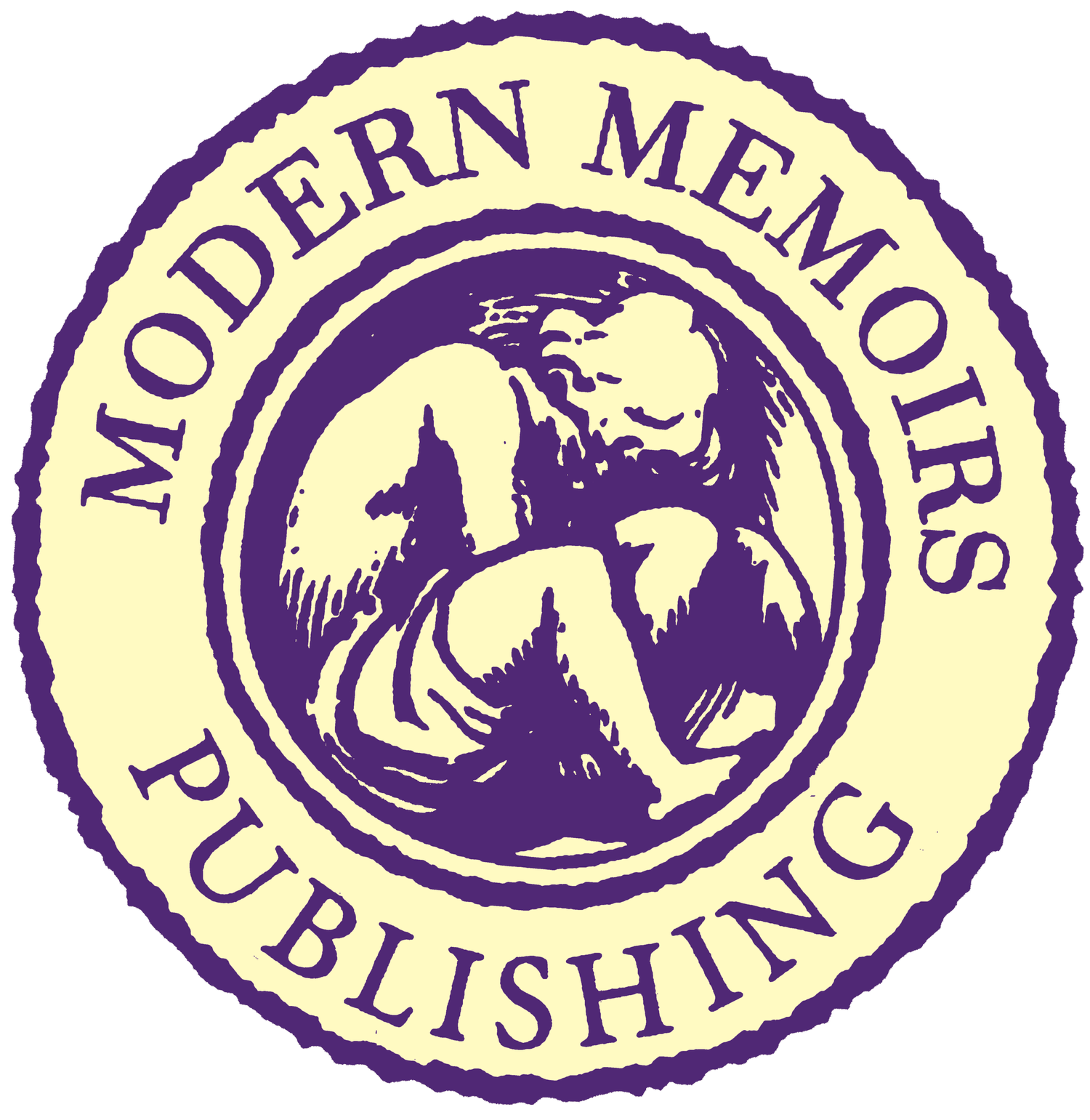Marian Leibold has published two collections of poetry with Modern Memoirs. Her first book, entitled Forever Now: The Interconnectedness of All Things, was published in 2020. The second book, entitled Bridges: Visible and Invisible, came out this year. We interviewed Leibold about her first project in the October 2022 edition of “Reflections” and caught up with her again this month—National Poetry Month—to find out more about her second one.
“Poetry often functions as a bridge between the conscious and the unconscious parts of ourselves, much the way a melody or song blends those same aspects of heart and mind.”
1. In one piece in your recent book, you say that “poetry is a tool for map-making.” What do you mean by that?
Marian Leibold: Poetry often functions as a bridge between the conscious and the unconscious parts of ourselves, much the way a melody or song blends those same aspects of heart and mind. Maps can be records of lived experience, visual routes to offer to fellow travelers, aids to orient one in the world, encouragement to explore, companions in the unknown larger world, or some combination of all of these. I would hope poetry can similarly serve as a tool for “map-making” for our individual journeys through invisible, yet real, terrain.
2. Your second volume is organized around the theme of bridges, with different structural types and their symbolic meanings framing the several chapters. What inspired you to use bridges in this way?
Marian Leibold: I knew I wanted “bridges” as a theme because it seems that now, more than ever, our contentious world is calling for reconnection. Bridges, both visually and metaphorically, offer the invitation for people to think about how they might build and/or cross bridges in their own lives to gain greater understanding and compassion.
3. As you did with your first book, you placed a painting you created on the cover. Can you share a bit about the place you’ve depicted in the painting and your process generating it? In deep, rich colors, it portrays a brook in a forest, with wildflowers growing on both sides of the water, and a fallen log crossing over the brook to form a natural bridge. Which came first, the title Bridges, or the painting?
Marian Leibold: The painting on the cover represents a natural landscape in which a once living tree is repurposed into a bridge. I spend as much time as I can in the natural world and the image of two hillsides connected by a fallen tree carries within it a hidden message for us all. The painting preceded the book title. Perhaps on some level, they just found each other.
4. In one poem you write, “My grip on life is loosening / while my full participation grows.” How would you say this second book is a product of the age you are now?
Marian Leibold: My second book, Bridges, includes many poems involving discernment. As time is a limited natural resource for humans, one must choose wisely how to use it. As I grow older, I become “somewhat” more realistic about the fact that there are only twenty-four hours in a day and that Nature will have her way whether I sanction it or not. Choosing to comply with her teaching seems like a good idea now!
5. What was it about your experience of publishing the first volume that led you to publish a new volume?
Marian Leibold: I enjoyed working with Modern Memoirs, and holding the finished product in my hands was like being given the keys to a door I had always wanted to open. Poems are not meant to live between the pages of dusty journals or on scraps of paper folded in pockets. They are meant to breathe their life into the world, and publishing my first book made this evident.
Liz Sonnenberg is genealogist for Modern Memoirs.


